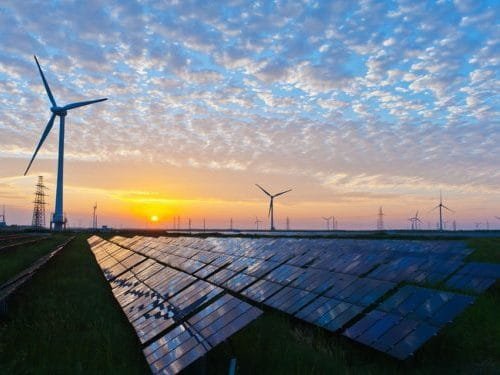From the forward:
IRENA’s annual monitoring of progress towards the 11 terawatts (TW) of renewable power capacity required by 2030 shows that the world is still falling short, with less than 480 gigawatts (GW) of new renewable power capacity deployed in 2023, compared to the required c. 1 000 GW. Consequently, that requirement is now climbing towards 1 100 GW of capacity additions each year for the remainder of the decade to keep 1.5°C within reach. Hence, the global energy transition remains clearly off track, and the urgency of a course correction increases. There are no ‘magic bullets’ or shortcuts available; global action must be focused, disciplined and aligned around key priorities.
First, we must overcome the structural and systemic barriers that impede progress by: modernising and expanding infrastructure; establishing regulatory frameworks and market design fit for the renewables era; and building institutional and human resource capabilities.
Second, we must speed up the deployment of all technologies in all geographies. Solar and wind continue to dominate renewables deployment, which remains concentrated in a limited number of markets. The vast majority of developing countries have been left out of the transition, despite their considerable energy requirements and abundant renewable potentials. Meanwhile, public finance is shrinking, underscoring the need for more strategic application and use.





